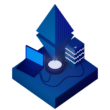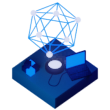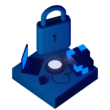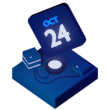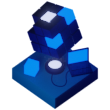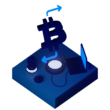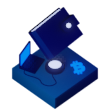A blockchain is a continuous sequential chain of blocks (a connected list) containing information built according to certain rules. The connection between the blocks is provided not only by numbering, but also by the fact that each block contains its own hash sum and the hash sum of the previous block.
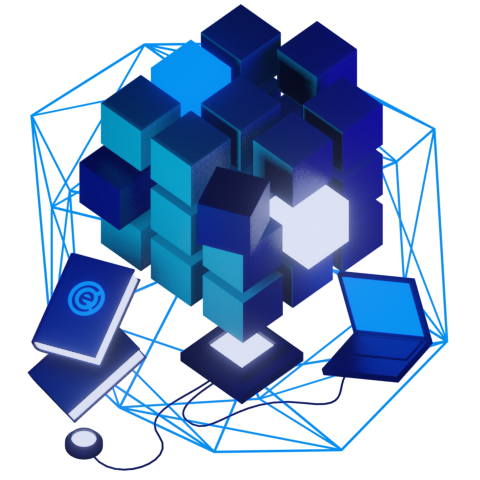
What Is a Blockchain?
Read in the Knowledge base
We develop blockchain projects
Development
Defi ICO development involves building valuable tokens, developing an exclusive fundraising dashboard for the investors, marketing them aggressively across various communication channels
What additional services can we offer
What benefits blockchain development will bring to your business
Leave a request for a free consultation
Technologies
Solidity and Vyper
We develop smart contracts for the Ethereum and RSK networks in the Solidity and Vyper languages.
JSON-RPC API
To communicate with Bitcoin and its forks, we use the JSON-RPC API
Multisignature and cold wallet
We know how to create complex transactions, and we can protect project funds using multisignature and cold wallet.
C/C++, Qt
The original Bitcoin Core client was written on these technologies and continues to develop. Many forks of the blockchain, including those created by us, inherit these technologies
CUDA, OpenCL
The development of new Proof of Work algorithms used in miners is also carried out by us in C++, using the CUDA and OpenCL computing libraries.
Web3.js and MetaMask
We have the tools Web3.js and MetaMask, which allow you to create interactive web applications.
Efficient processes
Our team’s work is based on the principle of constant feedback and adaptation – SCRUM. Our development is based on fixed-length intervals – sprints. At the end of each sprint, we provide the customer with an updated product, receive valuable feedback and make the necessary adjustments.
Planning
Before the start of the sprint, the team conducts planning and takes on tasks from a previously prepared list of ideas. Tasks are placed on the board and performers are assigned to them.
Daily analysis
Each day begins with a 15-minute call, during which each team member reports on what was done over the past day and plans for the next.
Retrospective
At the end of the sprint, the team “rolls out” the updated product and demonstrates to the customer. Feedback is recorded, carefully analyzed and serves as the basis for subsequent planning.
Do you have any questions about blockchain development?

